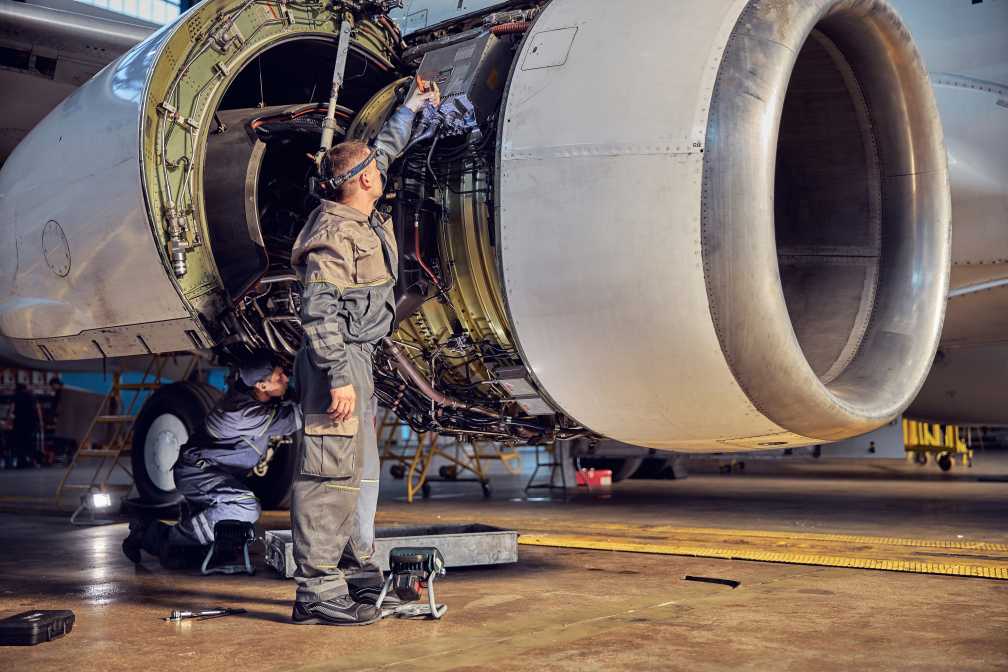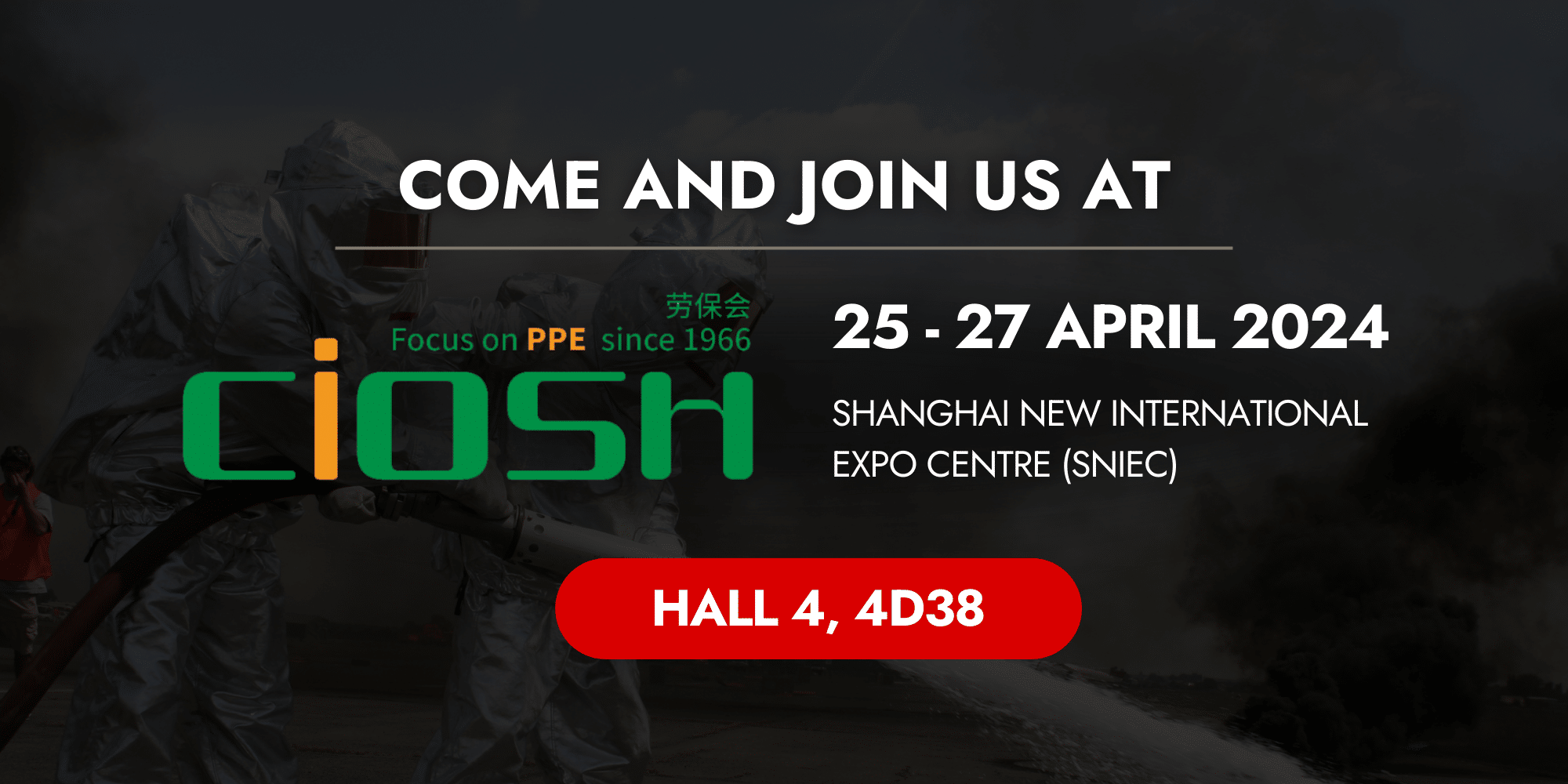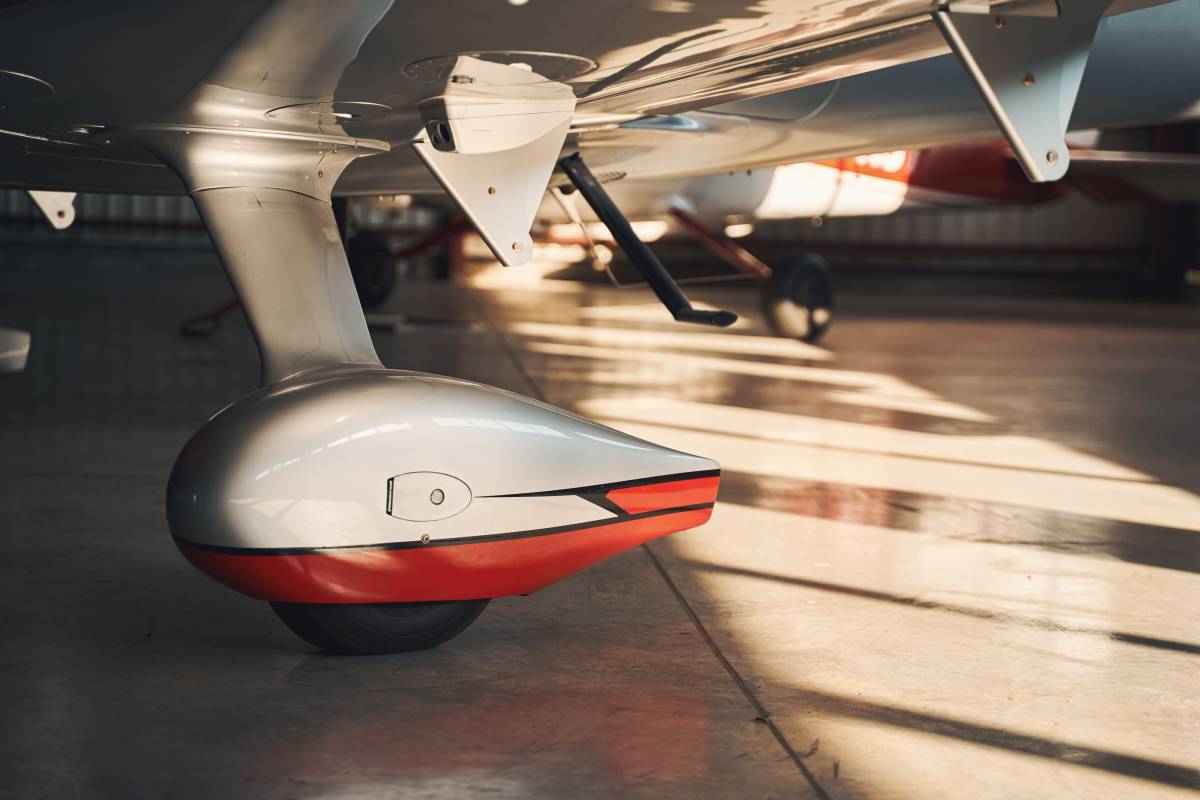When it comes to the aviation industry, every component must be designed and chosen with…
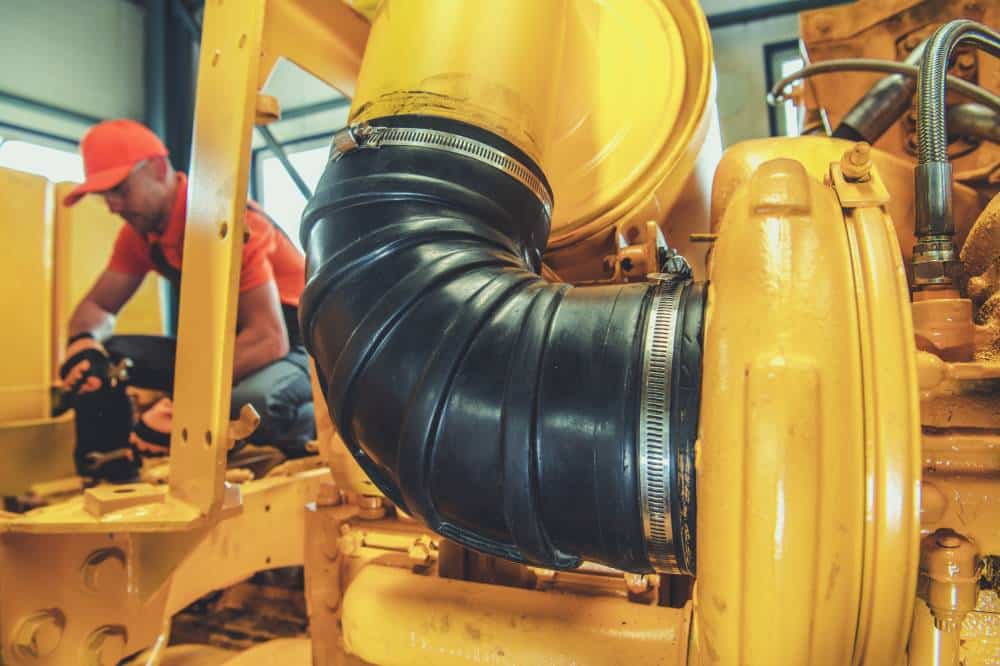
4 Applications of Flexible Heating Duct
In HVAC (Heating, Ventilation, and Air Conditioning) systems, adaptability and efficiency stand as paramount considerations. Among the unsung heroes in this arena is the flexible heating duct, the versatile conduit that plays a crucial role in optimizing thermal comfort and energy conservation.
As the demand for innovative heating solutions continues to grow, the applications of flexible heating ducts have expanded beyond traditional uses.
Let’s uncover the four diverse applications of ducts that showcase their adaptability and efficacy in addressing the evolving needs of various industries and spaces.
1. HVAC Systems In Residential Buildings
The integration of HVAC duct systems in residential buildings is pivotal to ensuring optimal comfort and climate control within living spaces. These systems play a central role in regulating indoor temperatures, maintaining air quality, and enhancing overall energy efficiency.
In the dynamic landscape of residential architecture, the choice of HVAC ducting components becomes crucial, and the insulated flexible duct emerges as the key contributor to the success of these systems. With the increasing focus on creating energy-efficient and sustainable homes, the role of flexible heating ducts becomes even more pronounced.
With the insulation made out of layers of aluminum foil, these ducts can withstand high temperatures of up to 250° Fahrenheit. These ducts enable HVAC designers to navigate the intricate layouts of residential spaces, ensuring a seamless distribution of conditioned air.
As homeowners increasingly seek customizable and eco-friendly solutions, the application of flexible heating ducts in residential HVAC systems exemplifies the intersection of innovation and functionality, promising a harmonious blend of thermal comfort and efficiency in our homes.
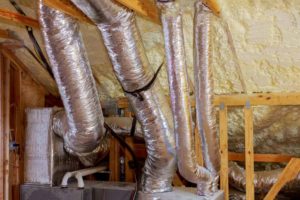
2. Commercial And Industrial HVAC Systems
In the realm of commercial and industrial settings, HVAC systems represent the backbone of environmental control, addressing the unique demands posed by large-scale spaces and diverse operational requirements.
These systems go beyond mere temperature regulation; they are intricate networks designed to optimize indoor air quality, ensure occupant comfort, and support the specific needs of various industrial processes.
The scale and complexity of commercial and industrial spaces demand robust heating, ventilation, and air conditioning solutions, and flexible heating ducts play a vital role in meeting these challenges. From expansive manufacturing plants to bustling office complexes, the applications of flexible heating ducts in commercial and industrial HVAC systems are diverse and impactful.
Whether it’s managing large production floors or providing comfort in vast office spaces, the integration of flexible heating ducts underscores the commitment to achieving optimal performance and sustainability in these dynamic environments.
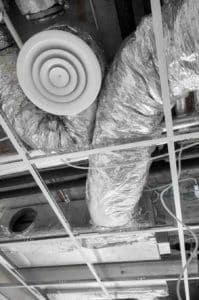
3. Specialty Applications Of HVAC Systems
Beyond the conventional realms of residential, commercial, and industrial settings, HVAC systems find unique and specialized applications in a variety of niches. These specialty applications demonstrate the adaptability and versatility of heating, ventilation, and air conditioning technologies in catering to specific needs.
Ventilation Ducting for Mining and Tunnelling
Flexible ducting is commonly used to distribute fresh air from surface ventilation systems to the working areas deep underground. These ducts are designed to withstand rugged conditions, including abrasion, moisture, and potential impacts from machinery or debris.
Specialized ducting materials resistant to chemicals, abrasion, and flame are selected to ensure durability and safety in harsh mining environments. Ducting may also incorporate features such as flame-retardant coatings or self-extinguishing properties to mitigate the risk of fire propagation in underground settings.
Protective Curtains for Hazardous Environments
In areas where explosive materials are present, such as chemical industries, oil refineries, or offshore platforms, protective curtains are used to contain and redirect potential explosions or blasts. These curtains are typically made from heavy-duty, flame-resistant materials that can withstand high-pressure events and prevent the spread of fire and debris.
Flexible ducting is integrated into the design of protective curtains to facilitate the venting of pressure and gasses in the event of an explosion, helping to minimize damage and protect personnel and equipment. Curtains may be deployed around sensitive equipment, storage areas, or processing units to create blast-resistant barriers and mitigate the impact of explosive events.
Storage of Explosive Products in Sensitive Areas
Flexible ducting is utilized in environments such as chemical plants, oil refineries, and food processing facilities to provide ventilation and exhaust systems that help maintain safe air quality and prevent the accumulation of flammable vapors or gasses.
Ducting materials compliant with ATEX directives are chosen to ensure compatibility with explosive atmospheres and minimize the risk of ignition. Ventilation systems may incorporate explosion-proof components, such as spark-resistant fans and ductwork, to reduce the likelihood of ignition sources and mitigate the consequences of potential explosions.
Blowing, Exhausting, and Fume Removal
In industrial settings, such as manufacturing facilities, laboratories, or workshops, flexible ducting is employed for the removal of fumes, smoke, and airborne contaminants generated during processes or operations. Fume extraction systems utilize flexible ducting to capture and convey harmful pollutants away from work areas to designated exhaust points or filtration units for treatment and disposal.
Conversely, flexible ducting is also used for exhausting or removing stale air, odors, or contaminants from indoor spaces. Exhaust ducts are connected to ventilation fans or exhaust hoods to expel air to the outside environment.
Ventilation of Confined Spaces, Tents, and Storage Areas
Confined spaces, such as tanks, silos, crawl spaces, and manholes, require adequate ventilation to maintain safe working conditions and prevent the buildup of harmful gasses or vapors. Flexible ducting is used to supply fresh air into confined spaces and to exhaust or extract contaminated air to the outside environment. Portable ventilation units equipped with flexible ducts are commonly deployed for this purpose.
Event tents, such as those used for weddings, parties, festivals, or temporary shelters, require ventilation systems to ensure comfort and safety for occupants. Flexible ducting is utilized to supply fresh air into event tents and to exhaust warm air, moisture, or cooking fumes generated inside. Portable HVAC units with flexible ducts can be installed discreetly to maintain a comfortable indoor climate.
Storage areas, including warehouses, storerooms, cold storage facilities, and agricultural storage buildings, benefit from proper ventilation to prevent moisture buildup, mold growth, and odors. Flexible ducting is used to circulate air within storage areas, distribute conditioned air from HVAC systems, and remove excess heat, humidity, or airborne contaminants.
Hot/Cold Air Movement in the Automotive Industry
Flexible ducting is integrated into the HVAC systems of vehicles to deliver hot or cold air to the cabin interior, providing comfort for occupants regardless of external weather conditions.
In the engine compartment, flexible ducting is also utilized to channel cold air from the vehicle’s grille or air intake system to the engine air filter and cooling components, such as radiators or intercoolers.

4. Energy Efficiency And Sustainability In HVAC Systems
As global awareness of environmental concerns continues to grow, the spotlight on energy efficiency and sustainability within the HVAC industry intensifies. Heating, ventilation, and air conditioning systems are major consumers of energy, and optimizing their efficiency while minimizing environmental impact has become a paramount goal to achieve a carbon neutral future.
Smart Building Integration
The integration of smart technologies has revolutionized HVAC systems, enabling real-time monitoring and adaptive control. Smart building automation systems utilize sensors and advanced algorithms to optimize heating and cooling based on occupancy, weather conditions, and overall building usage. This results in reduced energy consumption and improved operational efficiency.
High-Efficiency HVAC Components
Advances in HVAC component design, such as high-efficiency heat exchangers, variable-speed compressors, and energy-efficient motors, contribute significantly to overall system performance. These components enhance energy transfer, reduce waste, and enhance the overall efficiency of HVAC systems.
Renewable Energy Integration
The integration of renewable energy sources, such as solar panels and geothermal systems, has gained momentum in the quest for sustainable HVAC solutions. By harnessing clean and renewable energy, these systems not only reduce environmental impact but also contribute to long-term cost savings for building owners.
Energy Recovery Ventilation (ERV)
ERV systems capture and exchange heat between outgoing and incoming air, ensuring that conditioned air is not wasted. This technology enhances indoor air quality while minimizing the energy required for heating or cooling fresh air, making it a sustainable solution for a wide range of applications.
Demand-Controlled Ventilation (DCV)
Implementing demand-controlled ventilation systems allows HVAC systems to adjust ventilation rates based on actual occupancy levels. By monitoring and responding to real-time occupancy data, DCV minimizes energy waste associated with over-ventilation, providing fresh air precisely when and where it’s needed.
Advanced Controls And Automation
Smart and programmable thermostats and advanced building automation systems empower users to schedule, monitor, and optimize HVAC operations. These controls enable fine-tuning of temperature settings, ventilation rates, and other parameters, contributing to energy savings and sustainable practices.
Final Thoughts On Applications Of Flexible Heating Duct
From homes to industries, flexible heating ducts are revolutionizing the way we think about heating and HVAC systems. These versatile ducts offer endless possibilities for improving energy efficiency and enhancing comfort.
Whether you’re a homeowner looking to upgrade your heating system or an industry professional in need of advanced solutions, you can determine if flexible heating ducts are the answer. With their ability to bend and adapt to any space, they provide unparalleled flexibility in installation, allowing for efficient air circulation and improved temperature control.
Explore the endless possibilities of flexible heating ducts and revolutionize your heating system today. Upgrade to a solution that offers superior performance, energy efficiency, and enhanced comfort.
For years, Otego, a technical textile manufacturer, has been offering its customers over 50+ years of experience services in coating and laminating technologies that also include an innovative portfolio of coated fabrics for flexible heating ducts and insulation.
We ensure the utmost care and devotion to maintaining the highest production standard from product development to logistics and everything in between. Our ISO 9001-2015 quality certificate is proof of our efforts and dedication to protecting our customers and machines.
For all your requirements including applications for abrasion resistance, flame and heat protection, and release coatings, contact Otego today and we’ll be delighted to provide our specialized assistance and services.
